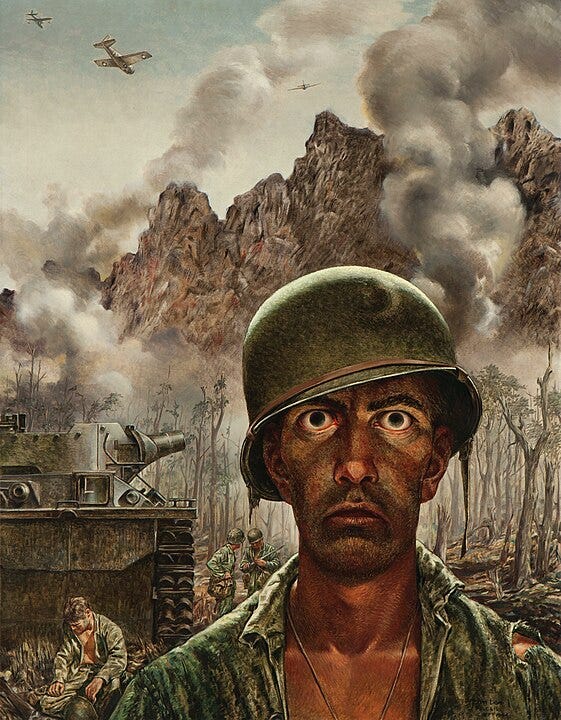Understanding the Role of Fear: How PTSD Benefits Wild Animals
Written on
Chapter 1: The Nature of Fear
Fear is an instinctive response to threats that triggers the fight or flight mechanism. This concept, established in 1915, has since expanded our understanding of how extreme situations—like combat—can lead to long-lasting changes in behavior and brain function, as evidenced by post-traumatic stress disorder (PTSD).
Diagnosed for the first time in 1980, PTSD has historical roots, ranging from accounts by Herodotus of a soldier rendered mute after battle to the emotional turmoil faced by veterans post-Vietnam. While many associate PTSD with dysfunction in the brain, intriguing research involving wild birds suggests that this condition may be an evolved survival strategy.
Section 1.1: Discovering PTSD in Birds
Researchers aimed to determine how wild birds react to threats. By exposing them to predator sounds, they assessed the long-term effects on the birds' behavior and brain activity.
The results were striking: the birds exhibited symptoms akin to PTSD. When they encountered a different predator call a week later, they displayed signs of heightened alertness and fear, indicating a strong activation of the brain's "fear circuit," particularly the amygdala and hippocampus, compared to birds not previously exposed.
This hypervigilance—rather than mere recognition of danger—was a clear indicator of PTSD-like symptoms.
Subsection 1.1.1: The Naturalness of PTSD

The findings imply that PTSD is a common phenomenon in nature, suggesting that many animals live in a constant state of heightened awareness, akin to soldiers returning from combat. This reality raises questions about the impact of such vigilance on their ability to forage and care for their young.
Section 1.2: The Cost of Vigilance
Survival is paramount. The behavioral symptoms associated with PTSD enhance an animal's ability to evade predators, which ultimately becomes a selected trait, despite its adverse effects on other aspects of life.
In essence, the evolutionary perspective posits that "PTSD is the price of having a primal survival mechanism that prioritizes life over quality of life." For wild animals, this means that the vigilance required to avoid predation can lead to neglect of offspring due to a lack of resources—resulting in a tragic balance between survival and nurturing.
Chapter 2: The Ecology of Fear
The traditional analysis of predator-prey dynamics often overlooks the broader implications of fear. Just as the productivity of a workplace is affected by the threat of violence, the presence of predators impacts prey populations more than mere fatalities.
The concept of the "ecology of fear" highlights that predators affect prey not only by direct predation but by inducing a state of fear that hampers feeding and parental care.
Section 2.1: Implications for PTSD Treatment
While medications like antidepressants are common treatments for PTSD, psychotherapy has emerged as the most effective option. The stigma associated with PTSD contributes to high suicide rates among sufferers. Recent therapeutic approaches aim to address this shame by framing PTSD within an evolutionary context.
The conclusion that PTSD is a byproduct of survival strategies can offer valuable insights for therapeutic practices.
Section 2.2: Bridging Disciplines
This topic, though serious, can lead to hopeful outcomes. Noteworthy advancements often arise from the collaboration of experts from diverse fields. The research discussed exemplifies the productive dialogue between biomedical scientists focused on PTSD and ecologists studying predator-prey relationships, fostering innovation in understanding these complex interactions.
To lighten the mood, consider exploring the fascinating story of the cannibal, skin-breathing 'lasagna lizard'—a reminder of the wonders of nature!